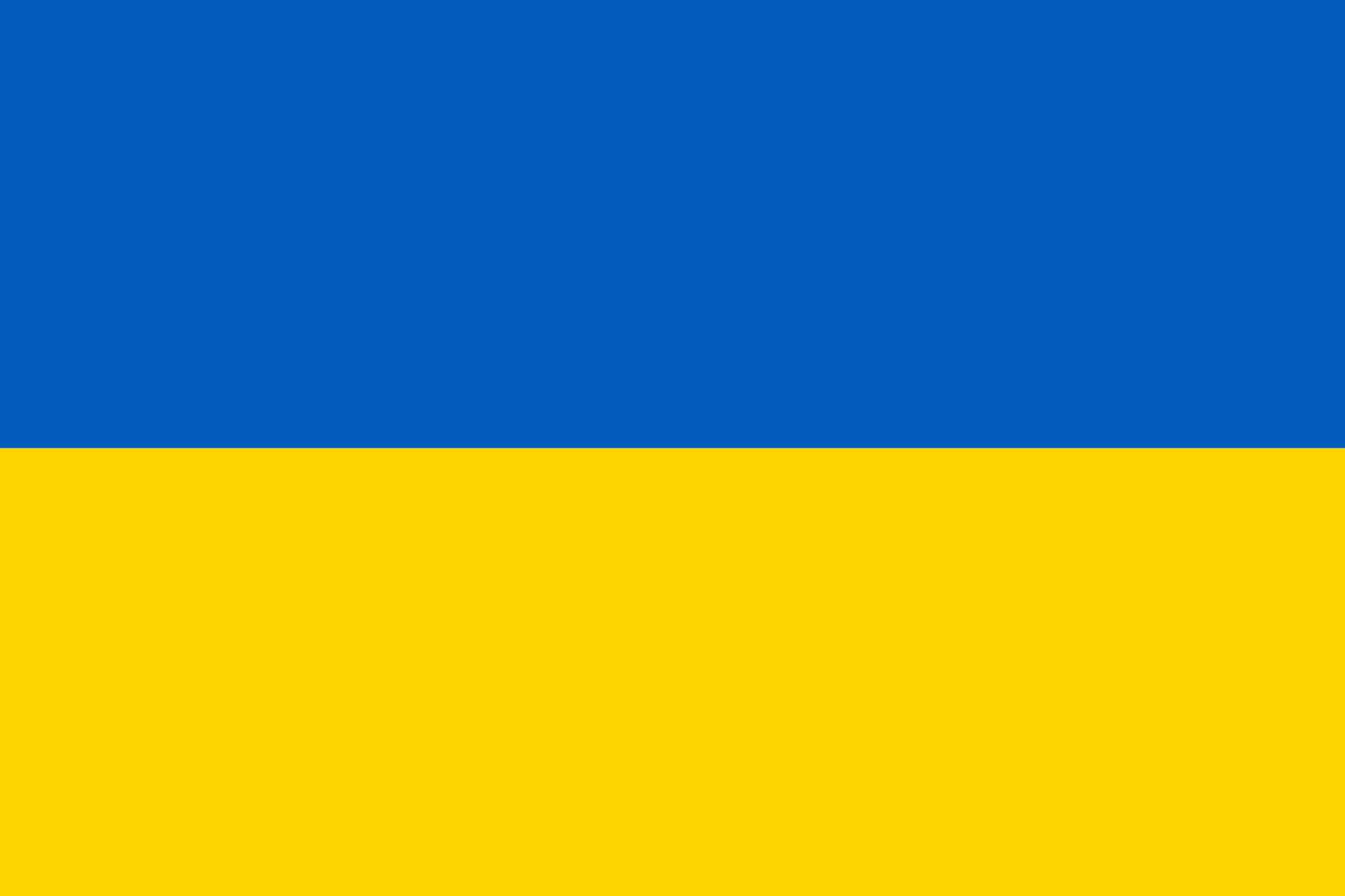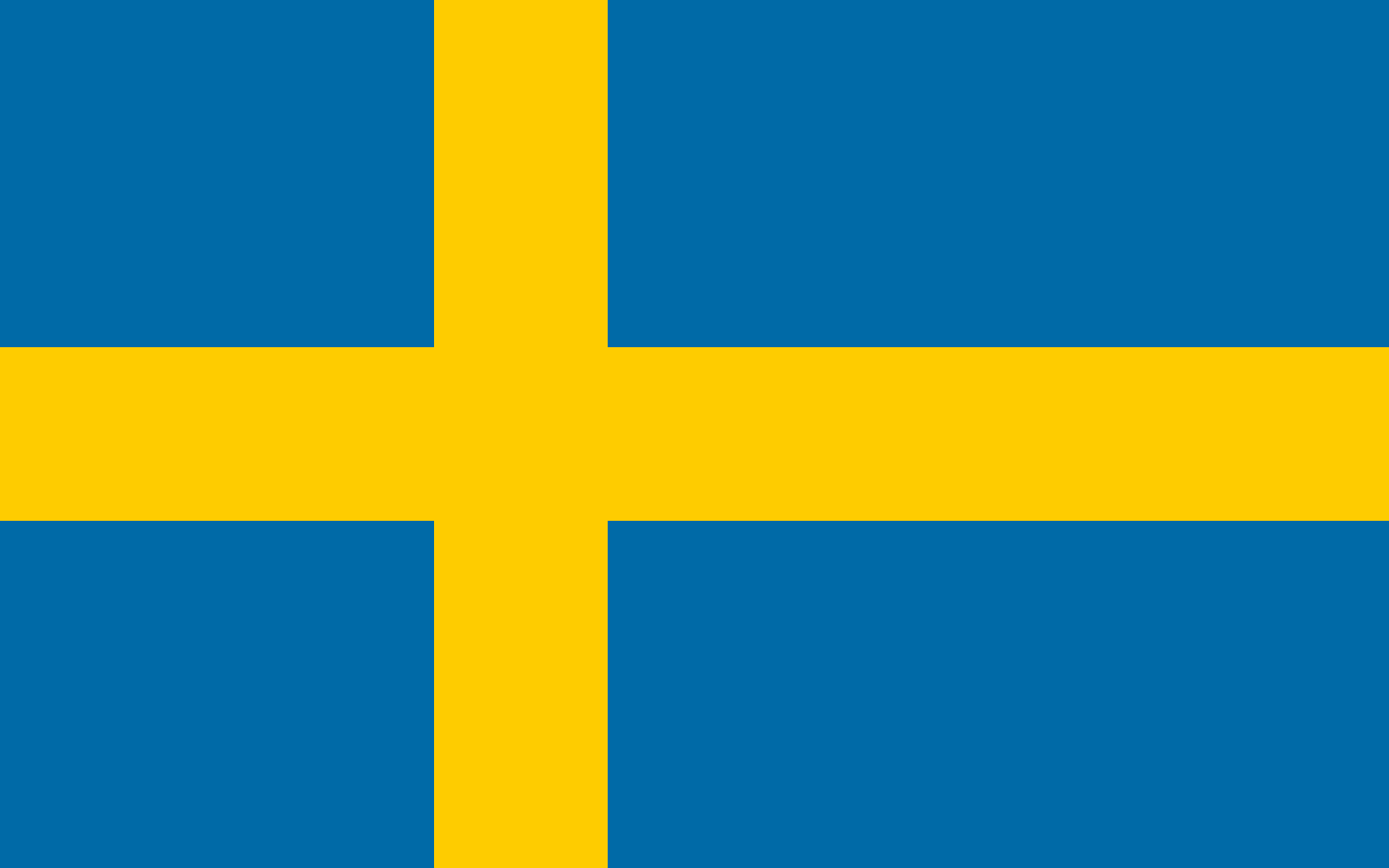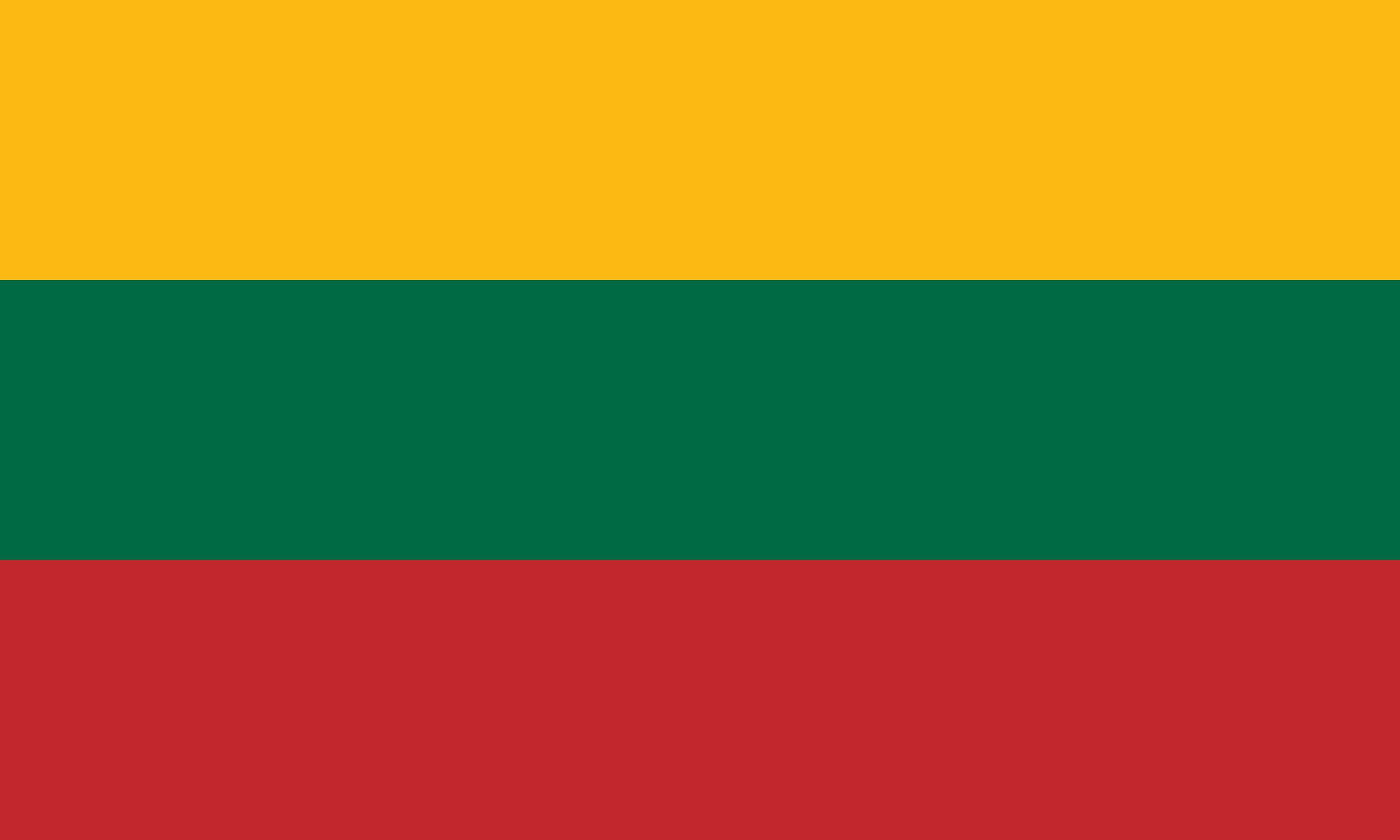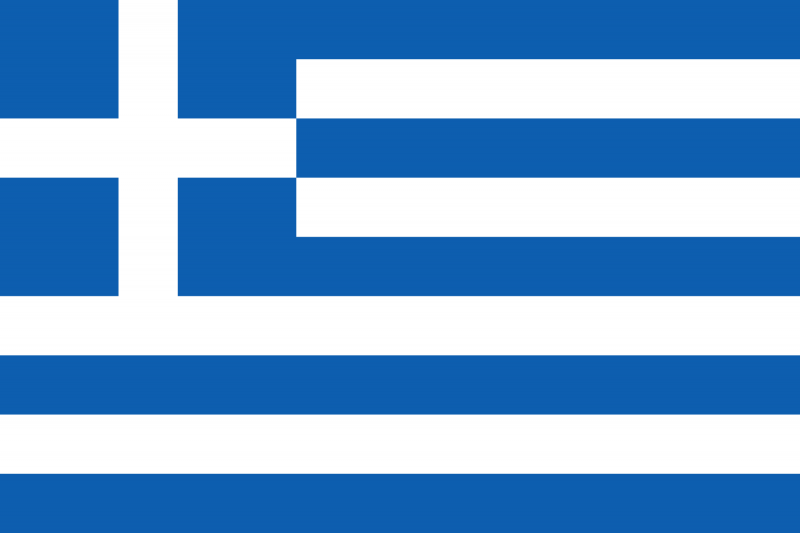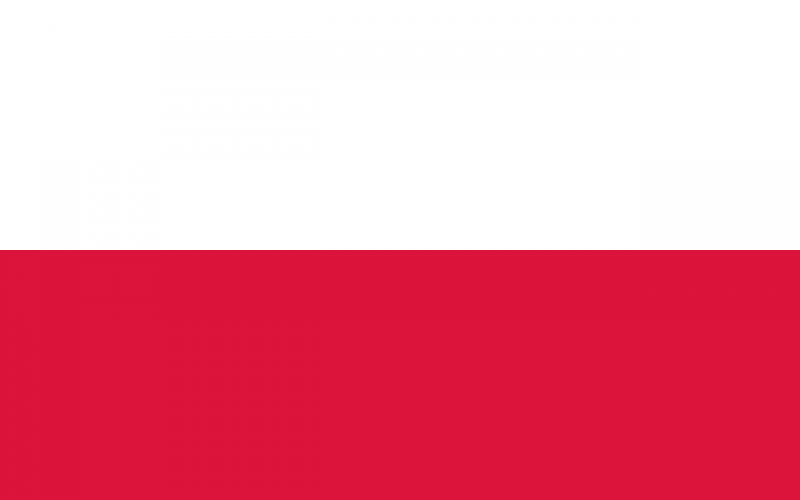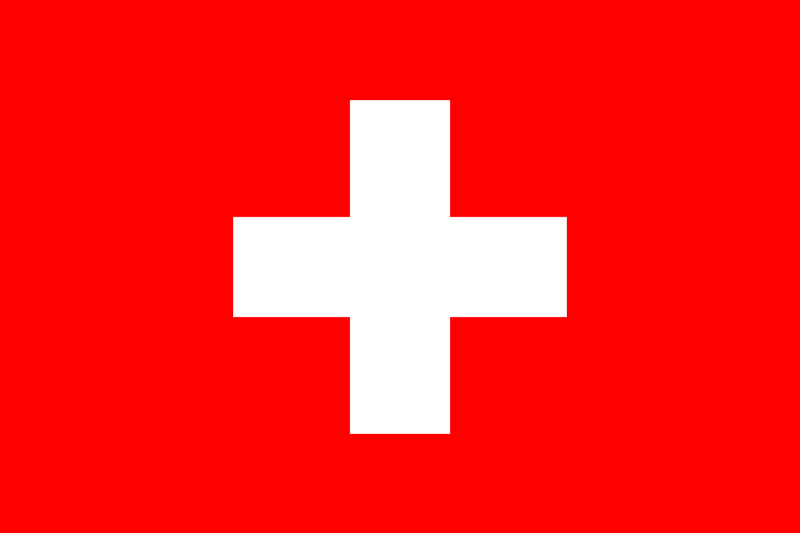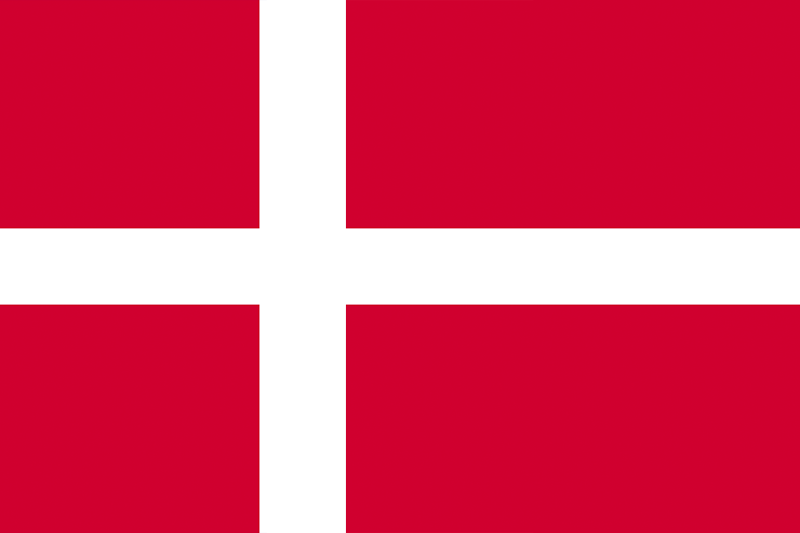 Finlande
FinlandeThe pro, the anti and the silent majority
Within the partnership with the Association of the European Affairs Master at Sciences Po (AMAE).
Finland, a country of 5,4 million inhabitants with an immigrant population of 5,9% (322 700 in 2014)[1], has experienced in recent years a new wave of populism and far-right extremism which targets the EU, the political elite, and especially non-European immigrants and refugees. This trend has been visible ever since the populist True Finns party surprisingly grabbed 19,1% of votes in the parliamentary elections of 2011, becoming the third biggest party in the parliament. But the ideology has not only been expressed through political channels. Since the refugee crisis, which brought almost 32 476 refugees to the country in 2015 compared to 3 651 in 2014[2], an increasing part of the civil society has embraced anti-immigration discourse or even resorted to action. According to the Finnish police, there were approximately 10 attempted or successful arsons or other attacks in 2015 on refugee centres[3] and a new nationalist street patrol group called Soldiers of Odin has been established in their own words to “improve the safety culture” in Finland[4].
The experience of populism and racism in previous decades
The 1970s and 1980s were the golden age of populism in Finland, before the current period. This was when the populist Finnish Rural Party led by Veikko Vennamo reached its peak: its greatest electoral success was in 1970 when it won 18 out of 200 seats in the parliament. The party was created in 1959 by Vennamo, when he decided to secede from the Centre party because of his opposition to the politics of the centrist President Urho Kekkonen. The party sought to appeal especially to the unemployed and small farmers and was well known for its populist policies. This can be seen for example in their proposition that work and accommodation must first be assured for all Finns before foreigners can be accepted into the country[5] or simply in their slogan: ”On the side of the forgotten nation”. However, in the 1990s the party fell into financial trouble and was discontinued in 1995. Most of its former MP’s moved on to form the True Finns party.[6]
Several scholars have suggested that there exists a link between the rise of political extremism and economic depression[7], and this seems to be the case in Finland as well. One of the worst economic crises in the country took place in the early 1990s when gross national product decreased by 13% and unemployment rose from 3.1% to 16,6%[8]. Around the same time there was large-scale immigration of Somalis, which led to racism and sometimes extremism as the increasingly unemployed native Finns disliked the granting of social benefits to immigrants[9]. Finland is still struggling to recover from its economic recession after the global financial crisis in 2009, but the situation seems bleak and the unemployment rate is rising and estimated to stay high[10]. There are now more immigrants and refugees which helps to explain the increase in racism, yet it has to be noted that once again it is at the time of an economic crisis and the cutting of public expenditures that xenophobia and populism are blooming.
The ‘two wings’ of the True Finns
The main populist actor in Finland is the True Finns party. In only one electoral cycle, the Eurosceptic party raised their popular support from 4,1% in 2007 to 19,1% in 2011. After deciding to stay out of the government because of their opposition to EU bail-outs, the 2015 elections brought it to the government alongside the Centre party and the National Coalition party (centre-right).
Nationalism and anti-immigration rhetoric are without a doubt one of the crucial factors in explaining the success of the party. However, because of the importance of compromise in coalition government countries such as Finland, the leader and Finland’s current minister of foreign affairs Timo Soini has tried to avoid labelling True Finns as merely an anti-EU and anti-immigration party. In fact, immigration did not even make it to the 5 main themes of their 2015 election manifesto.[11] [12]
“I’m dreaming of a strong, brave nation that will defeat this nightmare called multiculturalism” [Facebook Post of MP Olli Immonen]
The abandoning of one of their core political topics has led to criticism from within the True Finns party: some MP’s, and currently many voters too, have called for a much greater focus on immigration to the point that the party is often seen as containing two political wings. The more nationalist, non-Soini, wing is hypothetically headed by the most vocal critic of immigration, MEP Jussi Halla-Aho. His blog writings have served as an inspiration to many immigration critics and movements, and it was his followers who created a well-known internet forum called Homma Forum to discuss topics related to immigration. His writings also led to a criminal case in 2012 in which Halla-Aho was condemned for agitation against an ethnic group and breach of the sanctity of religion when writing about Islam and Somalis in Finland.
Another well-known MP belonging to the Halla-Aho wing is Olli Immonen. Among other publicised comments and actions, he wrote a somewhat scandalous Facebook post in 2015 containing nationalist rhetoric in expressions such as “I’m dreaming of a strong, brave nation that will defeat this nightmare called multiculturalism.” And “We will fight until the end for our homeland and one true Finnish nation. The victory will be ours.[13]” (Immonen, 24/7/2015).
Comments like these are perhaps popular among the more radical supporters of the True Finns, but they also cause some trouble for Soini who has had problems containing the more racist members of the party who every now and then create headlines.
Media and the division of the society
Right wing nationalists consistently accuse mainstream media of remaining silent on alleged negative issues related to immigration, which has led to a distrust on information relayed by the biggest news outlets. This ‘culture of secrecy’ has also given rise to the abovementioned Homma Forum as well as a range of other ‘alternative media’ websites. The most popular of these is a highly racist MV-lehti (translation: What the Fuck-magazine) which publishes articles on mainstream media’s “disinformative articles” among other writings that often contain inaccuracies or false information. For example, their most popular article of the month, written on the 15th of March reached almost 101 000 readers, but was later acknowledged to have been fabricated by a member of Soldiers of Odin[14].
Blogs and social media have allowed for a more participative political debate to emerge, but they have also contributed to a diffusion of nationalist opinions and comments which has increased the division of the society into two camps. The supporters of right wing populism share articles criticising immigration and the other camp replies by posting opinion pieces against racism. The majority of the people prefer to stay silent on the matter. This is partly because most of the discussion circulates around labelling the other either as a racist or a ‘suvakki’ (a tolerant), which is used to describe in an offending manner people who defend immigration and multiculturalism. Instead of focusing on exact policies and data, or on accurate evidence of positive and negative impacts of immigration on the country, the discussion revolves around disapproving and labelling the other either as a racist or as a traitor of the nation state and suvakki.
The emergence of street patrol movements: Soldiers of Odin
As mentioned earlier, racism and neo-Nazi movements are not necessarily a new phenomenon, even though it now seems to be wide spread. The best know Finnish city for this kind of activity is Joensuu. It has been in the spotlight since 1990’s for its somewhat violent skinhead movements[15] that targeted the immigrant population at large but especially Somalis who constituted the biggest non-European migrant group in Finland at the time[16]. After the 90’s, Joensuu has sought to forget about its past, but recently the establishment of street patrols has raised concerns of the city repeating its history.
“Recently, the establishment of street patrols has raised concerns of the city repeating its history”
These street patrols are part of the abovementioned Soldiers of Odin, members of which are self-proclaimed patriots patrolling the streets in order to protect native Finns, especially women, from immigrants. They have been officially registered as an association and operate now in 27 Finnish cities. Officially, the movement blames “Islamist intruders” for an increase in crime and have also sought to make their opinion clear by participating in demonstrations with placards proclaiming “Migrants not welcome”[17]. Despite of the movement’s claims of contributing to public safety, there have been leaked messages from their private Facebook group containing photos of group poses with weapons and displays of Nazi symbols. Moreover, even though they have not been caught using violence, many of their members have criminal backgrounds, including convictions for assault, robbery or driving while intoxicated.[18]
The group has some support from the society: in a survey on national security, 28 % of those interviewed actually respond positively to the introduction of street patrol movements (Lindholm, 2016)[19]. However, the increasing visibility of the group as well as racism has also given rise to counter-movements such as Loldiers of Odin. They dress up as clowns parodying the street patrol as in the group’s first appearance on the streets of Tampere in January 2016, when they danced and sang alongside a silent march of Soldiers of Odin[20]. In a general manner, it can be said that the increased activity of the extremist right fuels the left, as happens nowadays in political debates. However, this phenomenon may also escalate in time and has already raised the risk of violence between the two sides of political extremism[21].
Religious radicalisation only a minor – but growing – threat so far
According to the Ministry of the Interior, in 2015 the threat posed by violent religious extremism was considered to be small and religious radicalisation to take place only at an individual level, although the report observes a growing radicalization. However, the possibility of a large-scale terrorist attack in the country is unlikely because it is not estimated to be a very significant target for radical Islamists. Nevertheless, the war in Syria has changed the security environment. More than 70 people have gone to Syria which demonstrates that there exists an interest in radical Islam, even if this interest does not lead to radicalisation in all cases. Thus even though the threat still remains small, the concern is that individuals, those returning to Finland or fighters entering among the refugees may themselves be radicalised or seek to radicalise others.[22]
“More than 70 people have gone to Syria which demonstrates that there exists an interest in radical Islam”
The report mentions also that “Under particular concern are those young practitioners of Islam that do not fully identify with the Finnish culture, but on the other hand do not feel their parents’ culture as their own either”[23]. Therefore, a sense of confusion about one’s identity as well as place in the society are seen as potential factors for radicalisation. This seems to be also confirmed by Muslims in Finland. In more than 30 interviews with the close-ones of those who left to Syria[24], islamophobia and negative attitudes towards Muslims were seen as very important reasons for radicalisation and the interviewees also shared their feelings of not being considered as Finnish or included in the society because of their religion[25].
Given all that has been said above, a question arises: if difficulties in self-identification and feelings of exclusion increase the risk of radicalisation, and if it is true that racism and xenophobia is increasing in Finland, what can we expect from the near future? On the societal level, the polarisation can be expected to last unless the silent majority of Finns clearly condemns xenophobia. In politics, perhaps there will be a new more extreme far right seeking to catch the votes of those disappointed in the performance of the True Finns in the government, but at the same time it could be expected that some of the older, more established parties increase their anti-immigration rhetoric. Time will tell.
Sources:
[1] Stat.fi (2016): Maahanmuuttajat väestössä,Tilastokeskus, on: www.stat.fi.
[2] Migri.fi (2015): Maahanmuuttoviraston myöntämät ensimmäiset oleskeluluvat ja Suomen kansalaisuuden saaneet 2015, Maahanmuuttovirasto, on: www.migri.fi.
[3] Yle (2015): Polttopulloja ja katon poraamista – Poliisi: Vastaanottokeskuksiin iskevät Suomessa humalaiset rasistit, on: www.yle.fi.
[4] Yle (2016): Katupartiojärjestö Soldiers of Odin pääsi yhdistysrekisteriin, on: www.yle.fi.
[5] Baumgartl, Bernd; Favell, Adrian (1995): New xenophobia in Europe, London, Kluwer Law International, p. 112.
[6] Perussuomalaiset (2016): Puolueen historia pähkinänkuoressa, on: www.perussuomalaiset.fi.
[7] De Bromhead, Alan; Eichengreen, Barry; Hjortshøj O’Rourke, Kevin (2012): Right-wing political extremism in the Great Depression, CEPR’s Policy Portal, on: www.voxeu.org.
[8] Kiander, Jaakko (2011): Laman opetukset, Suomen 1990-luvun kriisin syyt ja seuraukset, Helsinki, Valtion talouden tutkimuskeskus, p.31.
[9] Hilden-Paajanen, Tarja (2005): Pahojen poikien piiri: Joensuun skinien epäilty rikollisuus 1995-1998, Tampere: Tampere UP, pp. 35-36.
[10] European Commission (2016): Suomen maaraportti 2016, on: www.ec.europa.eu.
[11] Perussuomalaiset (2015): Perussuomalaisten eduskuntavaaliohjelma – pääteemat, on: www.perussuomalaiset.fi.
[12] See the Interview of Timo Soini on the website of Turun Sanomat: “Loppusuora-haastattelussa perussuomalaisten puheenjohtaja Timo Soini”, on: www.tstv.fi.
[13] See the Facebook Page of Olli Immonen.
[14] MV Lehti (2016): JUURI NYT: Soldiers of Odinit pelastivat nuoret tytöt käyttämällä maahantunkeutujiin voimaotteita!, on: www.mvlehti.net.
[15] Rummukainen, Anu (2016): Ei kai taas? – 90-luku, skinit ja Joensuun rasistinen maine nousivat jälleen esille katupartioiden myötä, on: YLE, www.yle.fi.
[16] Rapo, Markus (2011): Kuka on maahanmuuttaja?, on: www.stat.fi.
[17] Yle (2016): Soldiers of Odin’s secret Facebook group: Weapons, Nazi symbols and links to MV Lehti, on: www.yle.fi.
[18] Ibid.
[19] Lindholm, Jari (2016): Joka neljäs suomalainen kannattaa katupartioita, on: Suomen Kuvalehti, www.suomenkuvalehti.fi.
[20] Yle (2016): Loldiers of Odin: Clowns spoof street patrols in Tampere, on: www.yle.fi.
[21] Sisäministeriö (2015): Väkivaltaisen ekstremismin tilannekatsaus 2/2015, on: www.intermin.fi, pp. 9-10.
[22] Ibid.
[23] Ibid, p. 17.
[24] As well as a with a two experts and two supporters of extremist organisations
[25] Creutz, Karin; Saarinen, Juha; Juntunen, Marko (2016): Syrjintä, polarisaatio, nuoriso ja väkivaltainen radikalisoituminen – Syponur väliraportti (SSKH Reports and Discussion Papers, 2016), 26.




